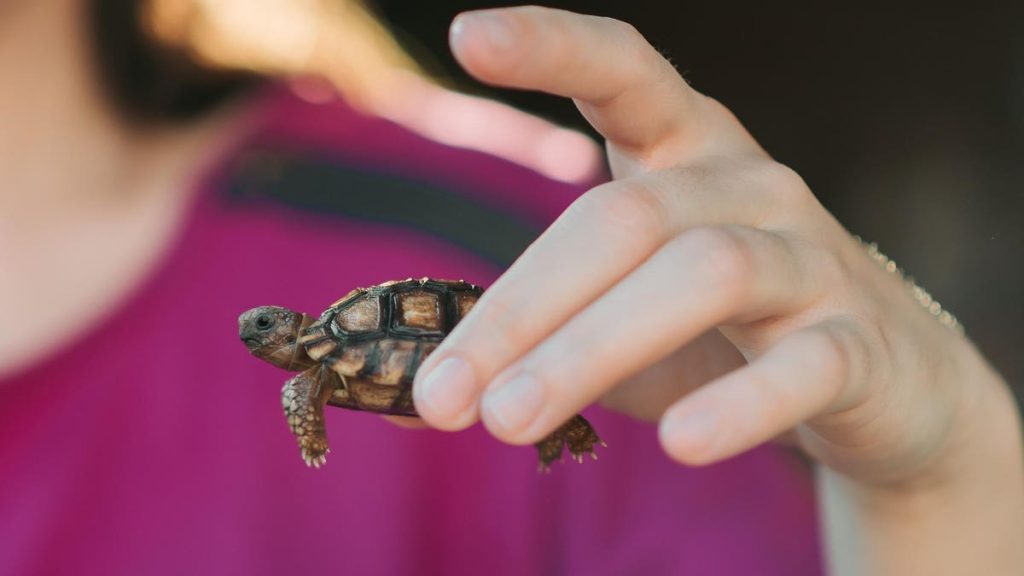This is turtle-ly a problem. An 11-state Salmonella outbreak has already left 26 people sick and nine hospitalized, according to the Centers for Disease Control and Prevention (CDC). And the suspected culprits are turtles—specifically small ones with shells less than four inches long.
So far, there have been six reported cases in Tennessee, four in Pennsylvania, and three in New York. Six states (Georgia, Illinois, North Carolina, Ohio, and Virginia) have had two reported cases apiece. The remainder (California, Kentucky, and Missouri) have had one case each. The earliest reported illness began on October 27, 2022, and the latest on July 16, 2023. Those getting sick have ranged in age from under one year to 64 years. However, they have skewed towards the younger side with the median age being 14 years and 31% of them being under 5 years of age.
Now, it’s not as if small turtles around the country have been admitting to spreading Salmonella and saying, “My bad.” Rather, they became suspects based on interviews of 20 people who had gotten sick. Of these, 16 (80%) had “reported contact with pet turtles.” In this case, “contact” meant that they had direct physical contact with turtles and not simply texting, WhatsApping or Zooming with turtles. In fact, 12 of the interviewees mentioned that the turtles that they had come into contact with specifically had shells that was less than four inches long.
Such a finding might elicit an “Oh shell no” response from authorities. Small turtles may seem shell-a cute but federal law prohibits the sales and distribution as pets of turtles that have shells less than four inches long. Yes, this is a size-does-matter sort of thing since such small turtles have been more likely to cause infectious illnesses among young children. But guess what, not everyone has been complying with this federal ban because there are people who, you know, don’t follow rules. You can still purchase such small turtles online and from various stores and markets.
Of course, just because a turtle has a shell that’s over four inches long doesn’t mean that you can start nuzzling with the turtle or sharing noodles with the turtle à la, “Lady and the Tramp” style. Larger turtles can carry Salmonella bacteria as well even when they look clean and healthy and say, “Ain’t nothing on me.” All kinds of turtles can carry Salmonella in their poop. And wherever turtles may stay for a while, poop there is.
A Salmonella infection is something that you do not want to have. If someone were to ask you whether you’d like to be infected with Salmonella, drop anything that they have given you to eat, back away slowly and say, “Absolutely not.” Typically, six to 72 hours after enough Salmonella has gone down your yapper, you’ll begin to suffer symptoms like diarrhea (often bloody diarrhea), fever, stomach cramps, nausea, vomiting, and headaches that end up lasting four to seven days.
Even bigger problems can emerge when a Salmonella infection goes beyond your intestines to other parts of your body. That’s when life-threatening problems can result. This is more likely to happen when your immune system is weaker such as when you are under five years of age, over 65 years of age, or have a chronic medical condition.
Read the full article here










